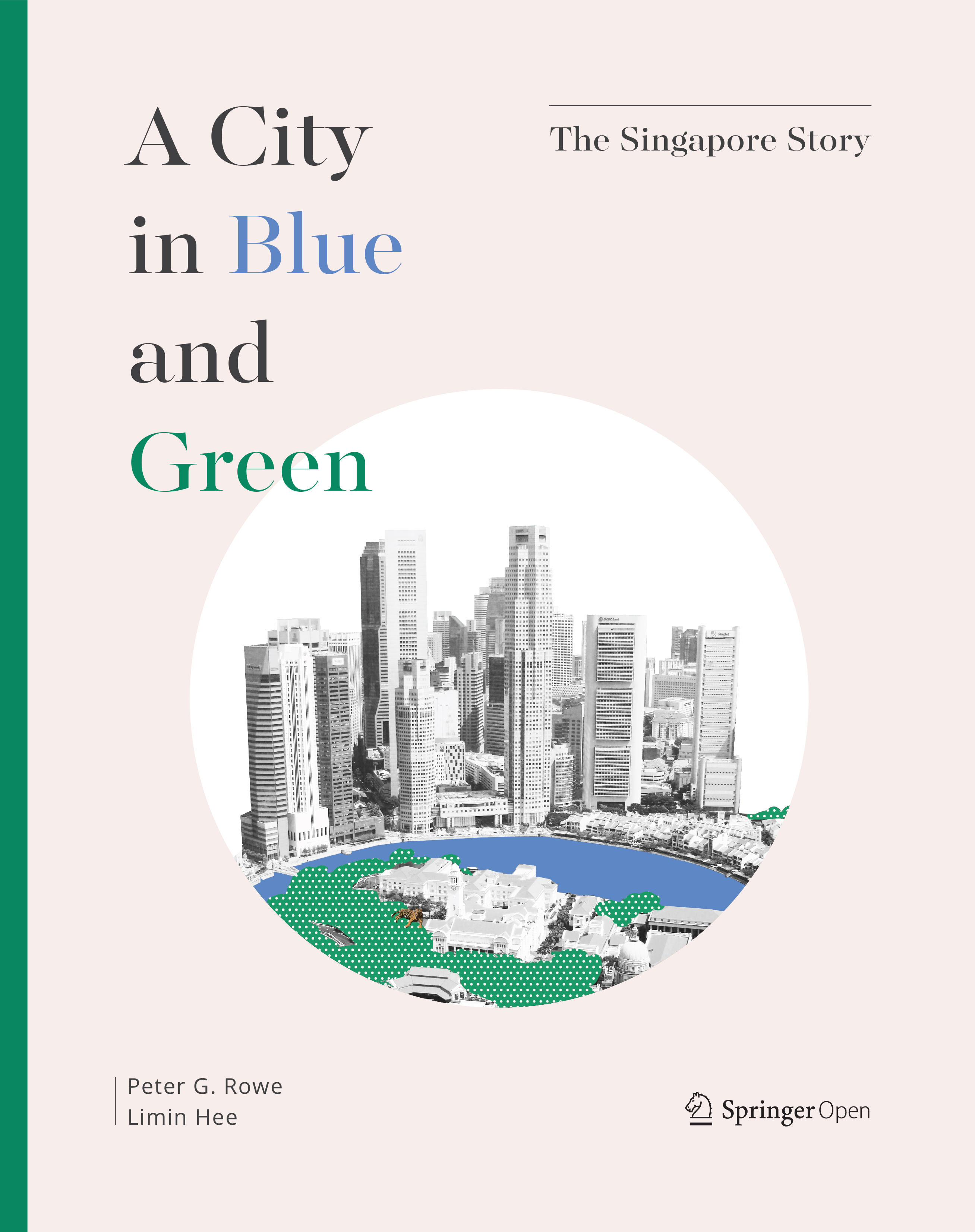A City in Blue and Green: The Singapore Story

Authors: Peter G. Rowe and Limin Hee
Springer Open, 2019.
This book is about Singapore’s development into a city in which water and vegetation along with associated environmental, technical, social and political aspects have been harnessed and cultivated into a livable, sustainable way of life. It is also a story about a unique and thoroughgoing approach to large-scale and potentially transferable water sustainability, within largely urbanized circumstances, which can be achieved, along with complementary roles of environmental conservation, ecology, public open-space management and the greening of buildings, together with infrastructural improvements.
Apart from the introduction, the remainder of the book is organized into five chapters. Chapter two deals with the early days of Singapore, dating from early sightings by Chinese mariners and others, to power struggles among competing regional regimes and the development of Temasek as a relatively early rudimentary settlement. It also spans to the British colonial period ending with devolution of British possessions in and around Malaysia after occupation by the Japanese. This is followed by the break with the Malay Federation and the formation of an independent island state in 1965. Chapter three follows with Prime Minister Lee Kuan Yew’s admonition to Singaporeans to make their environment ‘clean and green’ as both a practical way of improving the chances of attracting outside foreign investment, achieving a certain equity in environmental quality among a mixed population and as a metaphor for what Singapore should be like as a place. Chapter four examines the difficult case of achieving water sustainability for Singapore through water importation and, finally, three other ‘National Taps’. These include improvement of water catchment facilities, production of NEWater from effluent, and a closed-loop system of reticulation and storage, alongside of desalination. Chapter five dealing with the ‘green’ aspect of the ‘blue-green’ arrangement presents the alibi for water capture and treatment operations in the form of deliberate movement from the idea of a ‘garden city’ to a ‘city in nature’ and of a tropical kind. Finally, chapter six offers opinion about the relative success of Singapore’s ‘blue-green’ plans and likely follow-on engagements. Throughout, the text is well illustrated with some 91 photographs, charts and graphs.
Topics: Water management, Urbanism, Bio-diversity, Membrane technology, Public open space.